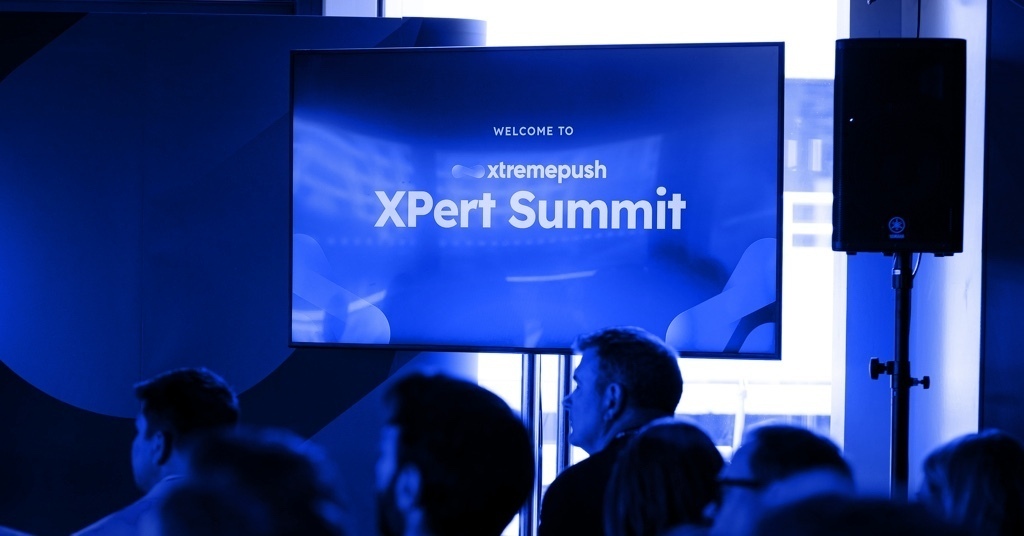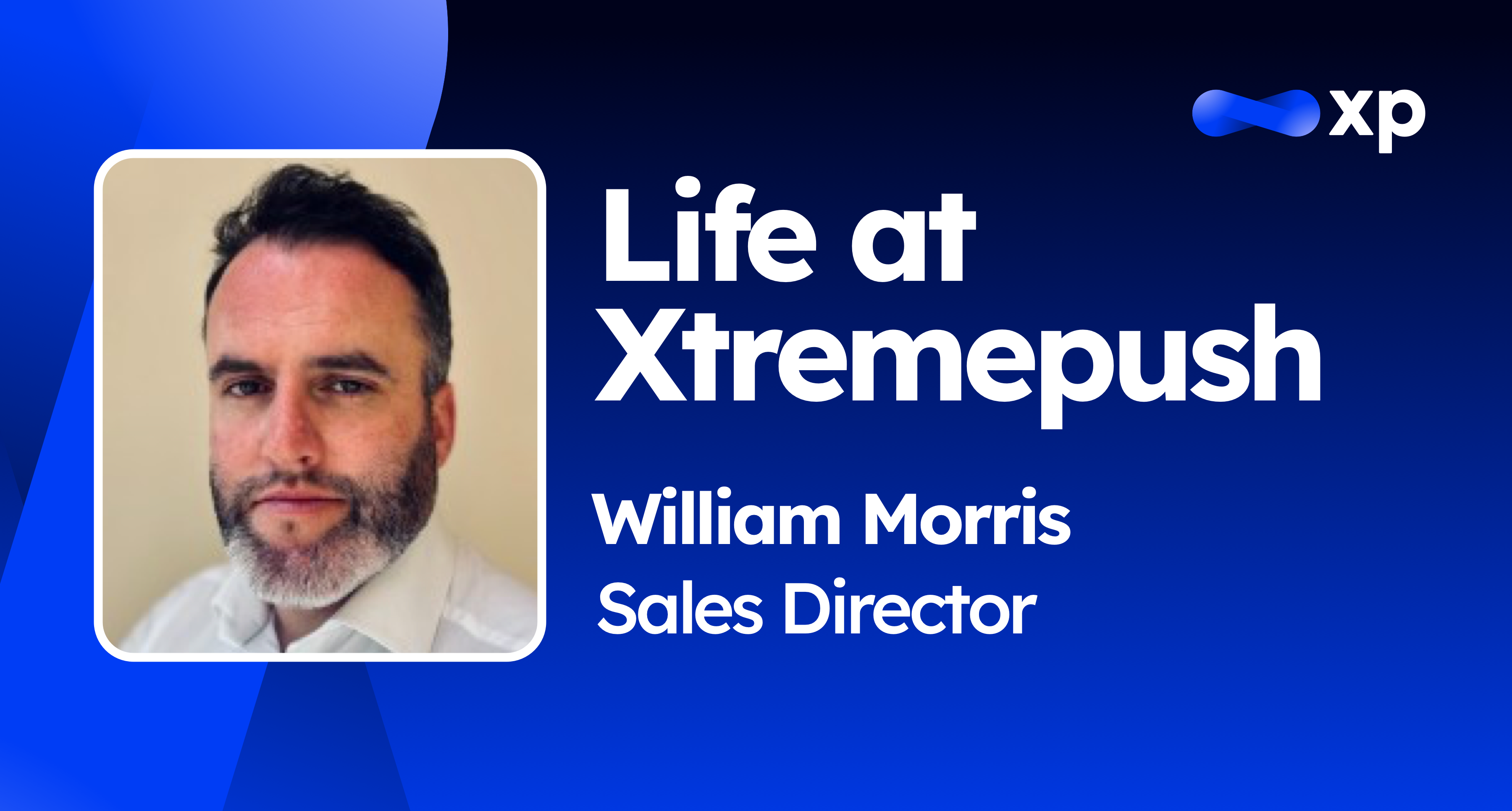What are on-site messages right now?
The functionality of on-site messages has matured to the point where it’s a vital inbound engagement channel, triggered by any number of potential real-time events.
It has relevance throughout the funnel, at every stage of the customer’s journey. As with any marketing tool, there are certain nuances to getting the most value from it.
However, some marketers view it in a negative light, usually based on previous experiences using rather crude pop-ups.
This is why we recently hosted an in-depth webinar, exploring the current best practices and the most valuable use cases for this occasionally misunderstood, and misused channel.
What we want to get across in this guide is how the channel has evolved, why it works (with results to prove it) and where it is best deployed.
At a glance, here are some of the most common misconceptions about this channel and what the reality is.

What was the problem with pop-ups?
The central objection to pop-ups is that they are a nuisance, a glorified form of spam and drive little to no real engagement.
And we agree. The old style of pop-ups were poor performers and a hallmark of bad customer experience. That’s because they had limited flexibility when it came to both timing and segmentation.
As a result, you ended up with campaigns firing as soon as a user landed on-site and that fired for everyone who visited.
It must be noted that these issues were addressed by some of the point solution providers, but too late in the day. Most brands had had their fleeting dalliance with the channel and moved on.
Why are on-site messages more effective?
Visibility, personalisation and precision.
Developments in the orchestration and targeting capabilities of on-site messages mean that they can be used to engage with both first-time and repeat visitors with targeted, relevant communications.
And crucially, in the context of GDPR and privacy compliance, there is no opt-in required to send a message through this channel.
Advantages of on-site messages

How do I start using on-site messages?

Do on-site messages work?
The short answer is yes. But only if they are used well, which is true of any engagement channel.
In a moment we’ll look at the ingredients in a successful campaign, but take a look below at a selection of recent results from a range of industries.

The keys to better on-site message campaigns
The creation and execution of an impactful campaign can be boiled down to four key elements.
All of these elements will be clearer when we look at the use cases!
Objective
What is the action that you want the customer to take? The capacity to include multiple CTAs, each of which can be deeplinked to a different webpage, is important here. You have the ability to present the customer with a choice of options, which can nudge closer towards goal completion.
Of course, if the campaign is purely educational and you don’t want to direct customers to another part of the website, then you may simply want to track the click rate of an “I understand” button.
Campaign Trigger
By their very nature, on-site messages are always real-time; they are delivered based on an event, or behaviour, that is happening right now. We believe that giving brands as wide an array of potential triggering events is crucial, and allows them to use the channel in creative ways. The event you choose to kickstart a campaign will be tied to your objective.
So, for example, if you want to use the message to help customers troubleshoot a failed attempt to log into their account, then the event would be the failed attempt. Where a platform like ours is so powerful is that you can add a further condition that only triggers the messages after the second failed attempt.
In terms of behaviour, you can decide to trigger the campaign based on the session duration, the number of pages visited in the session and so on. You can also use the classic “mouse-out” event to intercede as a customer shows intent to navigate off-site.
And of course, you have the ability to layer in specific URLs where the campaign will, or will not, be delivered.
One piece of advice we always give is to make sure that the campaign isn’t “getting in the way”. Careful thought about your triggering, and segmentation too, is vital.
Segmentation
Again, this goes hand in hand with your objective. Who do you want to receive the message, or perhaps more importantly, who do you want to make sure does not receive it?
Our segmentation engine allows you to get granular with your targeting, with the ability to select specific attributes as a condition of segmentation. So it may be a campaign that you only want to send to VIPs (offering a high-value reward, for example) or are restricting it to customers who are yet to make a purchase (offering a discount or free shipping).
Creative
Lastly, but certainly not least, we come to the actual creation and branding of the campaign. We recommend using templates to ensure the creative is always on-brand. These are easy to set up and simplify and speed up the process each time you want to launch a new campaign.
The format of the message is an important factor; do you want the campaign to really jump out, or choose something more discreet?
And as always, choice of image will play a role too, but we’ll leave that to your design team!
On-Site Message Use Cases
This is a channel that can have a positive impact at every stage of the lifecycle, and is suited to a wide variety of use cases.
In each of these examples, it’s important to keep in mind the orchestration behind them; consider what the triggering event is and what sort of segmentation you would want in place to make sure the right customers see it.
Encourage account creation and first deposit
Encourage anonymous website visitors to create an account and make their first deposit. On-site messages are a perfect channel to promote whatever sign-up offer you are currently running.

Onboard and educate new digital users
Help new online customers to register and educate them about key features and services.
Personalise the image, content and CTA based on the action the customer has taken to trigger the message e.g. 2 failed login attempts in a single session.
Help the customer to self-serve where possible or direct them to your call-centre as a final resort.

Build your email subscription list
Grow your email marketing list with a simple, impactful email capture form delivered via an on-site message.
Personalise the image, content and CTA based on which pages the customer is browsing when the message is triggered.
Sign-ups can be added to different lists depending on the page they were on when the capture form was submitted.

“Back in Stock” and service updates
Create subtle, yet highly visible campaigns to keep your customers informed about important updates or changes.
As always, this message can be personalised depending on the customer’s previous behaviour eg. visited a product page when it was out of stock, or they’re location e.g only show this to customers in the Dublin area.

Create cross-sell opportunities
Increase share-of-wallet by cross-selling additional products when they launch.
In this example, from the sports betting and gaming industry, the on-site message has been triggered after the player has placed a bet.

Promote new products
Create awareness of your latest arrivals or product launches with a perfectly-timed on-site message.
Trigger the message based on the customer’s browsing or purchase history or attributes from their profile to personalise the campaign.

Up-Sell Additional Experiences
Drive additional spend after the customer has made a booking or at the checkout.
Trigger the message based on the customer’s browsing or purchase history, or attributes from their profile to personalise the campaign.

Using on-site messages for retention and recovery
Reward loyalty and share exclusive offers
An on-site message is an ideal channel to reward your most loyal customer as they are interacting with your website.

Re-engage incomplete loan applications
Encourage customers who have dropped a loan application journey to complete it.
Deeplink the CTA to bring the customer back to the stage they left at. Layer in propensity data from your backend system to ensure the campaign is only sent to customers with the capacity to borrow.

About Xtremepush
Xtremepush is the world’s leading customer data, personalisation and engagement platform. We’re working with leading enterprises around the world to them help collect, clean and action data for better customer experiences. We’re providing them with a true Single Customer View, plus the tools and capabilities needed to engage and influence across multiple channels.













